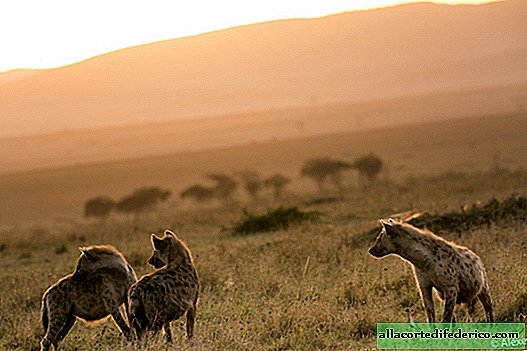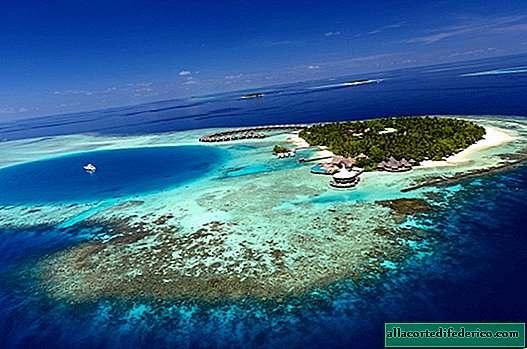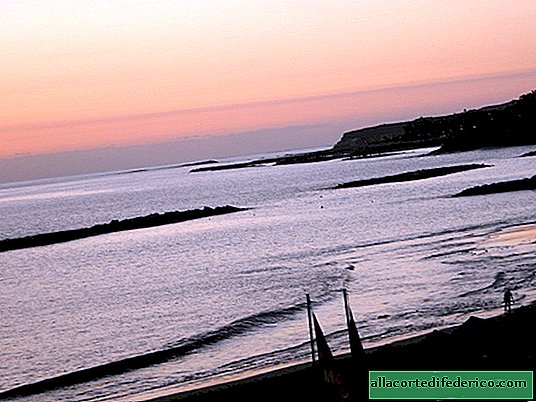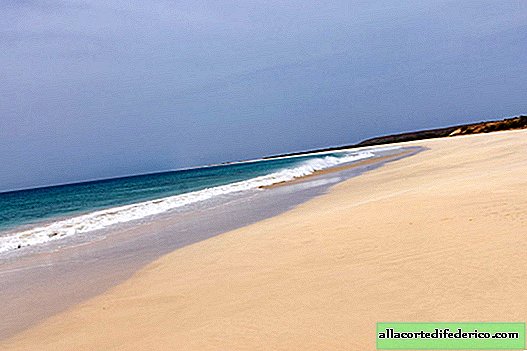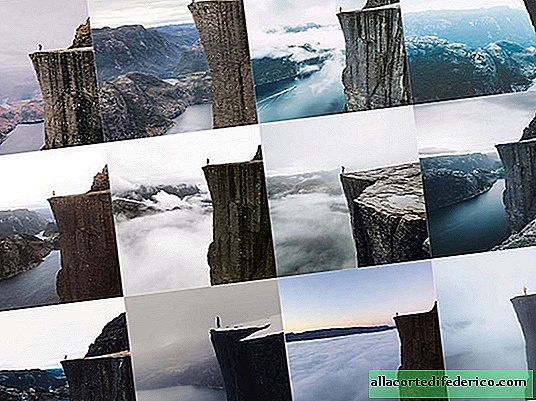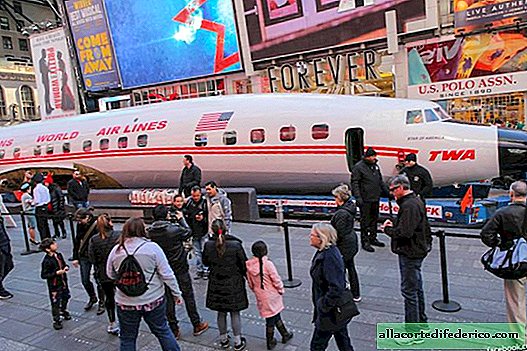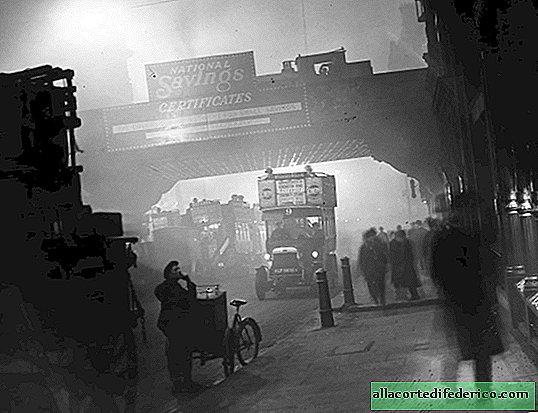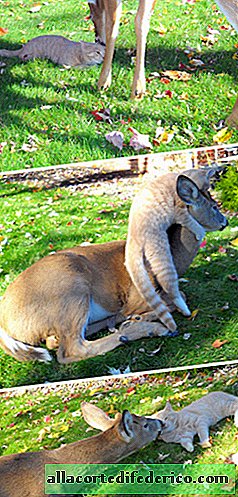Fortress Ross: how the Russian colony ended up in California
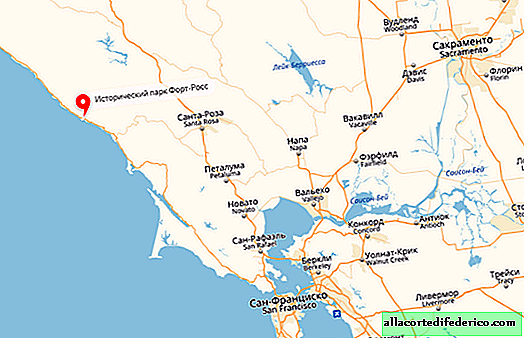
Fortress Ross was founded in 1812 on lands that had a rather controversial territorial status. California in those days belonged to the Spaniards, but its northern part was under the control of local Indian tribes. The fortress founded for several years became an occasion to clarify the relationship between the Russian-American company and the Spanish, and then the Mexican administration of California. They clearly did not like the presence of the Russians, in which they saw a threat to their colonial claims. But the Ross fortress was more of a trade and economic importance: food and industrial goods were required to supply Alaska. In the new settlement, they planned to engage in agriculture and cattle breeding.

Relations with the Indians who were the owners of this part of California were developing quite well. Initially, in 1809-1811, when choosing a place for a future fortress, the Russian-American company easily obtained permission to build a fortress, handing valuable gifts to the Indians. Subsequently, in 1817, an official agreement was concluded between the Russian administration and the Indian leaders, enshrining the right of the Russian-American company to these territories. There are references to the fact that Indians were hired to work on agricultural fields, paid them wages with flour and other products. But over time, relations deteriorated: the Indians engaged in theft of cattle, and the Russian military began to take them to forced labor. But there was not a single armed conflict between the Russians and the Indians, which could not be said about the relationship between the indigenous peoples and the Spaniards.

Russian possessions in California were not limited only to the territory of the fortress, but extended tens of kilometers around. In the area of the fortress, which is located on a convenient plateau, vineyards and orchards were laid out. Most of the settlers, whose number reached 260 by the 1830s, lived on the banks of the Slavyanka River (the modern name of the Russian River is the “Russian River”), which flows 10 kilometers from the fortress. To connect with Alaska and other regions, a seaport was built, which was located 30 km south of the fortress in Rumyantsev Bay (now Bodega Bay).

But years passed, and the California colony was still unprofitable, not even meeting its own food needs, not to mention helping to supply Alaska. And in relations with Mexico, which considered these lands its territory, no compromise was found. In the end, it was decided to sell the settlement, which was done in 1841. The new owner of the Ross fortress was the American landowner John Sutter.

The only genuine historical building of the Ross fortress, preserved from the time of the Russian settlement, is the house of Alexander Rotchev, the last head of the fortress. Three more buildings, including the chapel of the Holy Trinity, were reconstructed after the destruction. Today, the Ross Fortress, or, as it is now called, Fort Ross, is the historical heritage of the country, festivals and various conferences are regularly held here.

The material is copyrighted, when copying a link to an article or travelask.ru site is required




